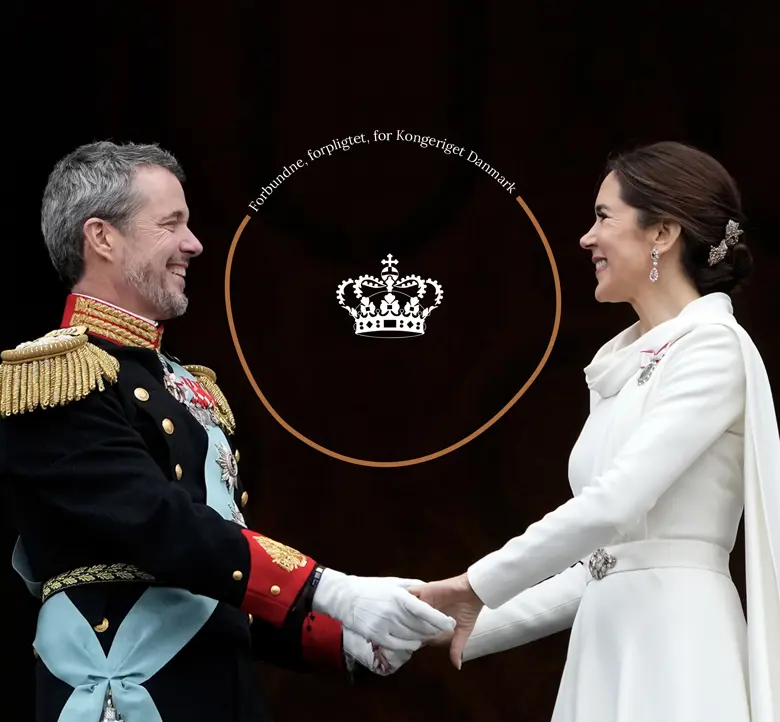The tradition behind proclamation during an accession to the throne
Since the Constitution of 1849, there has been a tradition that Danish sovereigns are proclaimed from Christiansborg Palace when an accession to the throne takes place.

Thus, both HM The Queen and Frederik IX were proclaimed from Christiansborg Palace in 1972 and 1947, respectively. Two times, however, a king has been proclaimed from Amalienborg.
The first time was on 30 January 1906, when Frederik VIII assumed the throne. At that time, Christiansborg Palace was under reconstruction after the fire in 1884. As soon as six years later, a new king had to be proclaimed when Frederik VIII died suddenly. As Christiansborg Palace was still under reconstruction, the proclamation of Christian X on 15 May 1912 therefore also took place at Amalienborg.
The tradition of proclaiming an accession to the throne originates from olden days when a throne succession was announced to the people at the “landsting”, or open assemblies, in the various regions of the country. At that time, it occurred when a trusted public servant loudly proclaimed the accession to the throne to all four corners of the world so that everyone had the opportunity to hear it. As the proclamation now takes place from a balcony, the Prime Minister responsible for the proclamation abstains from turning in towards the Throne Room and thus makes the proclamation to three corners of the world.
It will be Prime Minister Mette Frederiksen who, on Sunday at 15:00, proclaims His Majesty King Frederik X from the balcony of Christiansborg Palace.


